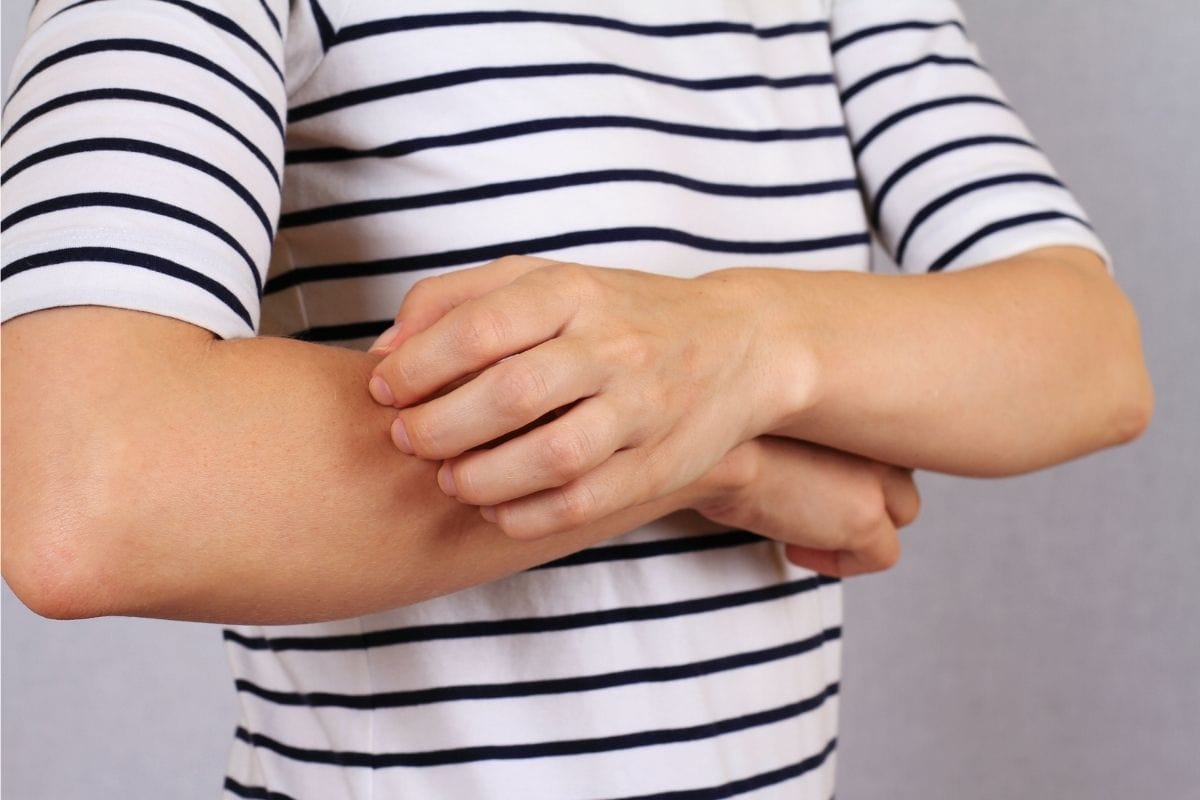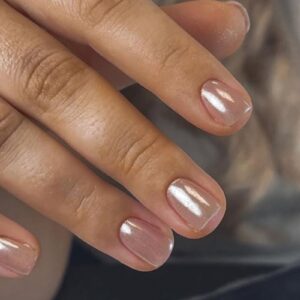
Ways to help prevent & monitor beauty product allergies | The Beauty Bloggers
By Guest Writer | 27 January 2021 | Expert Advice, Feature, Health & wellbeing

The Beauty Bloggers, aka Natalie Thompson & Rachel Jenkinson, share their patch testing tips & advice on preventing allergies in the salon..

Nat and Rach are ‘The Beauty Bloggers‘ and have over 21 years experience in the beauty sector between them.
Their aim is to discuss real issues that beauty professionals face.
Passionate and hard-working, the duo describe themselves as ‘down to earth’ and want to create a fun and safe space for pros to support one another.
Follow them on Instagram: @the.beautybloggers
“It’s not the ones you know about, it the ones that you don’t know about!”
How many of you patch test and check medical histories or have you become complacent with regular clients? With the addition of Covid-19 to the sector, should we be re-patch testing all clients? Or is there an argument that overexposure of patch testing can cause an allergic reaction or irritation?
For us, we use an online booking system which has given us the opportunity to prompt clients to complete their medical history, record patch tests and update us of any changes.
Again due to Covid, there has been an influx of clients buying professional products online; from lash lifts to gel nail kits and many more. This is creating potential allergies as application is far from adequate; whether it involves under curing products or placing it on the skin.
Educating your clients is our only way forward, because we cant control what they buy online. It is refreshing to see techs are advising their clients using social media.
Scarily, we’ve been in a position where a new client has had a reaction to a brow tint. Fortunately she had made us aware of previous hair dye reaction and we patch tested to find she had an extreme reaction but 24hours after the plaster had been removed.

Think carefully about where you place your patch test. Follow guidelines but be aware to avoid the area behind the client’s ear as if a reaction occurs, this placement can cause airways to swell. We had been taught to place a patch test on either the lower tummy, top of the arm or lower back/bum area. The reaction caused a very nasty wound and took around four months to heal.
Don’t let your client convince you they don’t need a patch test.
They may have had it done before but as the quote refers to, they only tell you what they want you to know, “I’ve had a tint before…10 years ago!” Consultation is key. Record all notes and don’t be afraid to probe clients if anything has changed.
It’s important to check the manufacturer’s guidelines with any products, contact your insurance for clarity and remind clients that what they disclose to you is confidential.

Read the latest issue









